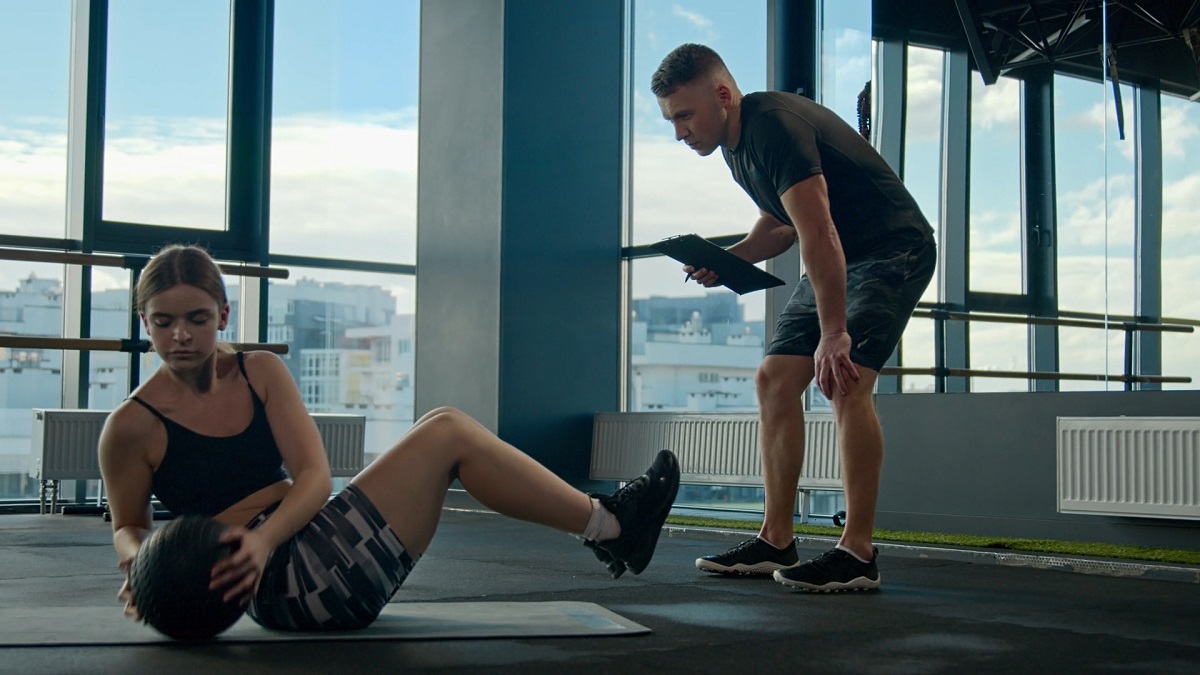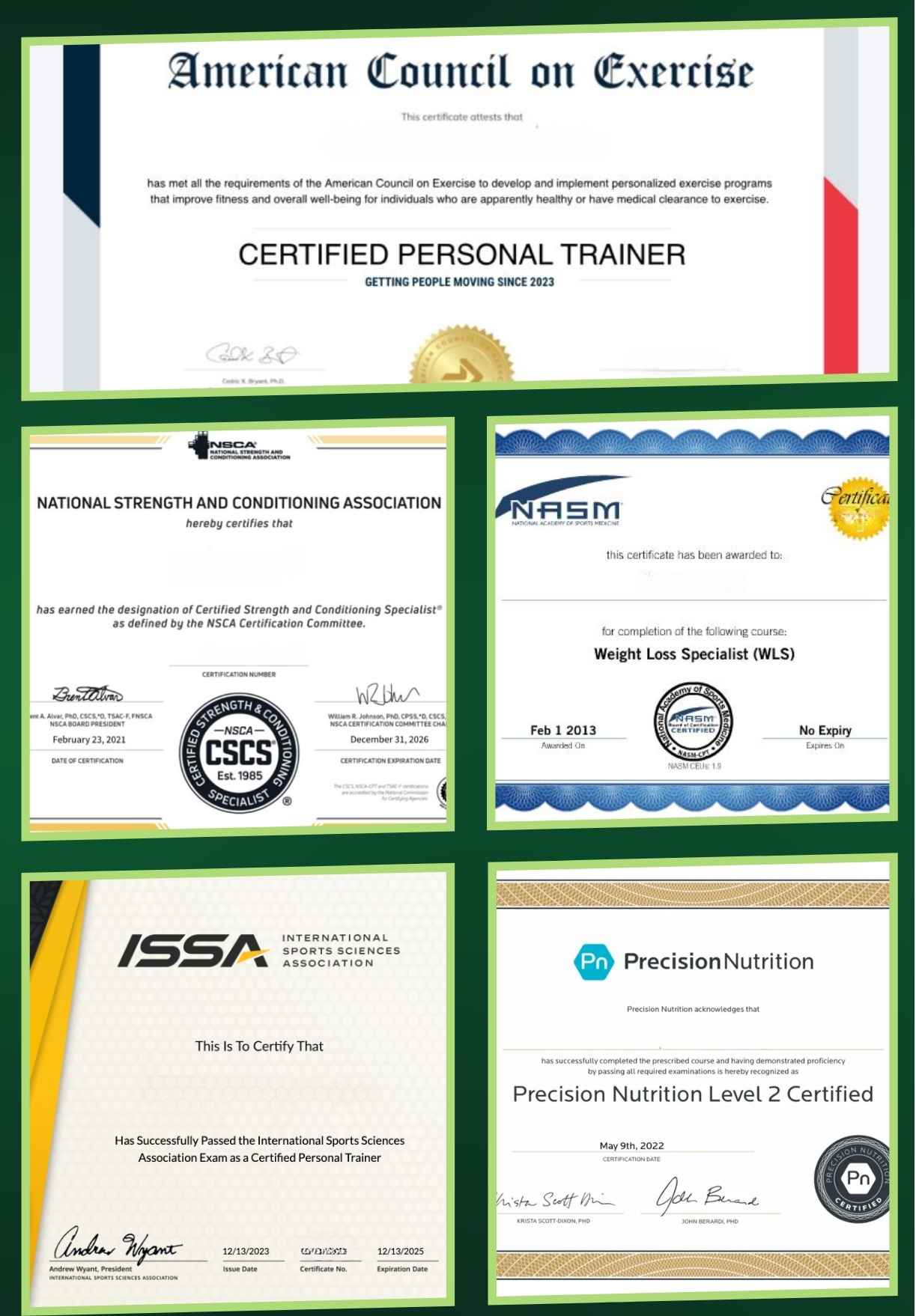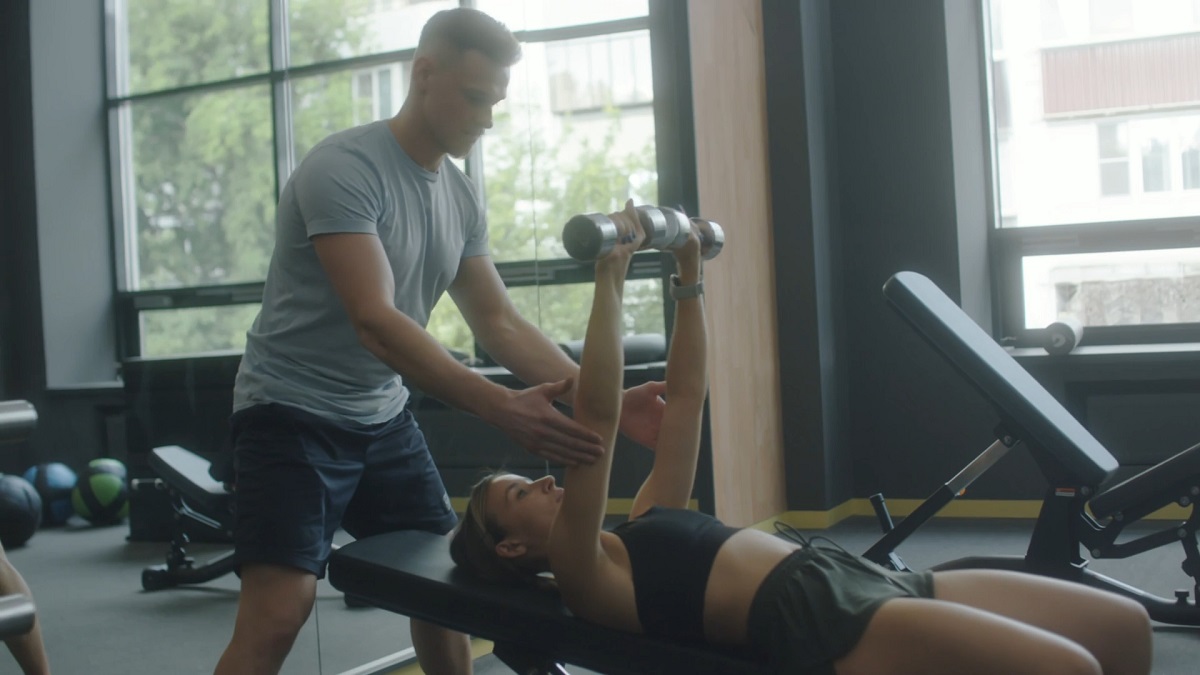I’ve
always
believed
that
if
something
excites
you
and
gives
you
energy,
it’s
worth
pursuing
beyond
just
a
hobby.
Fitness
has
been
the
driving
force
in
my
life.
But
simply
loving
the
gym,
pushing
through
tough
workouts,
or
staying
updated
on
nutrition
trends
wasn’t
enough.
I
needed
to
figure
out
how
to
make
it
my
career—something
that
didn’t
just
bring
me
personal
satisfaction
but
also
provided
financial
stability
and
purpose.
If
you’ve
ever
found
yourself
wondering,
Can
I
turn
my
love
for
fitness
into
a
career?
The
answer
is
yes.
And
not
just
any
career,
but
one
that
can
be
both
fulfilling
and
financially
rewarding.
But,
of
course,
making
the
transition
isn’t
as
simple
as
just
telling
people
you
love
working
out.
There’s
a
process,
and
I
want
to
share
that
journey
with
you
step
by
step.
Finding
Your
Place
in
the
Fitness
Industry
The
fitness
industry
is
vast.
If
you
think
it’s
all
about
personal
training
in
a
gym,
think
again.
One
of
the
first
things
I
had
to
do
was
figure
out
where
I
fit
best.
While
lifting
weights
and
helping
friends
tweak
their
diets
was
fun,
I
needed
a
clearer
direction.
Popular
Career
Paths
in
Fitness:

Find
a
career
that
aligns
with
your
passion|Image
source:
Artlist.io
-
Personal
Training
–
Working
one-on-one
with
clients
to
help
them
reach
their
fitness
goals
through
customized
workouts
and
coaching. -
Group
Fitness
Instructor
–
Leading
classes
like
boot
camps,
spin,
yoga,
or
dance-based
workouts. -
Online
Coaching
–
Providing
virtual
training
programs,
video
tutorials,
and
digital
support
for
clients. -
Strength
and
Conditioning
Coach
–
Training
athletes
or
serious
fitness
enthusiasts
looking
to
optimize
performance. -
Nutrition
Coach
–
Focusing
on
dietary
habits,
meal
plans,
and
behavioral
changes
for
better
health
outcomes. -
Corporate
Wellness
Coach
–
Bringing
fitness
and
health
solutions
to
companies
that
want
healthier,
more
productive
employees. -
Fitness
Influencer/Content
Creator
–
Sharing
fitness
knowledge,
workouts,
and
advice
through
social
media,
blogs,
or
YouTube. -
Gym
Ownership
or
Management
–
Running
a
gym,
fitness
studio,
or
training
facility.
I
started
with
personal
training
but
quickly
realized
that
I
enjoyed
online
coaching
as
well.
If
you’re
unsure
where
to
begin,
try
different
areas
until
you
find
what
excites
you
the
most.
Getting
Certified:
The
Key
to
Credibility
Having
passion
is
great,
but
without
credentials,
it’s
tough
to
build
trust
with
clients.
I
quickly
realized
that
if
I
wanted
to
be
taken
seriously
(and
get
paid
well),
certification
was
essential.
Reputable
Fitness
Certifications:

Certification
boosts
your
credibility
and
knowledge
I
took
my
NASM
certification
first,
then
expanded
with
additional
training
in
mobility
and
corrective
exercise.
Getting
certified
doesn’t
just
boost
credibility;
it
also
gives
you
knowledge
that
makes
you
a
better
coach.
Gaining
Hands-On
Experience
Theoretical
knowledge
is
important,
but
nothing
compares
to
hands-on
experience.
When
I
started,
I
trained
friends
and
family
for
free,
not
just
to
build
confidence
but
also
to
test
out
different
coaching
styles.
These
early
experiences
helped
me
refine
my
communication
skills,
figure
out
how
to
adjust
workouts
for
different
body
types,
and
build
relationships
that
later
turned
into
paying
clients.
If
you’re
considering
a
more
specialized
route,
such
as
rehabilitation
or
injury
prevention,
exploring
physical
therapy
colleges
can
be
a
great
step.
A
strong
foundation
in
physical
therapy
can
open
up
more
career
opportunities,
especially
in
working
with
injured
clients
or
athletes
in
recovery.
Building
a
Personal
Brand
That
Stands
Out
Fitness
is
competitive,
and
getting
clients
isn’t
just
about
being
knowledgeable.
People
connect
with
trainers
who
inspire
them
and
make
them
feel
understood.
I
realized
quickly
that
branding
wasn’t
just
for
businesses—it
was
for
individuals,
too.
How
to
Build
a
Personal
Brand
in
Fitness:

Create
a
memorable
personal
brand
through
social
media,
a
website,
and
client
testimonials|Image
source:
Artlist.io
-
Create
a
Strong
Social
Media
Presence
–
Share
workouts,
client
success
stories,
and
educational
content. -
Launch
a
Website
or
Blog
–
Position
yourself
as
an
expert
through
articles,
testimonials,
and
online
booking. -
Use
Consistent
Branding
–
Have
a
recognizable
logo,
colors,
and
messaging
style. -
Develop
Your
Unique
Selling
Proposition
(USP)
–
What
makes
you
different
from
other
trainers? -
Encourage
Client
Reviews
&
Testimonials
–
Word-of-mouth
is
one
of
the
strongest
marketing
tools.
Branding
isn’t
just
about
looking
professional—it’s
about
creating
trust
and
connection.
When
people
know,
like,
and
trust
you,
they’re
more
likely
to
invest
in
your
services.
Mastering
the
Business
Side
of
Fitness
Loving
fitness
and
making
a
living
from
it
are
two
very
different
things.
I
had
to
quickly
learn
that
being
great
at
coaching
wasn’t
enough—I
also
needed
to
know
how
to
run
a
business.
Charge
what
you’re
worth,
but
remain
competitive.
Protect
yourself
with
clear
agreements
for
cancellations,
payments,
and
refunds.
Know
how
to
attract
and
retain
clients
through
social
media,
email
marketing,
and
promotions.
Track
income,
expenses,
and
taxes
to
stay
profitable.
Prevent
burnout
by
creating
a
sustainable
schedule.
At
first,
managing
the
business
side
felt
overwhelming,
but
once
I
set
up
systems,
everything
became
smoother.
The
sooner
you
treat
fitness
like
a
business,
the
sooner
you’ll
see
real
success.
Expanding
Your
Offerings
&
Income
Streams
Relying
solely
on
in-person
training
can
limit
growth.
I
started
looking
into
other
ways
to
expand
my
impact
while
increasing
my
income.
Additional
Revenue
Streams
in
Fitness:
-
Online
coaching
and
virtual
training
programs. -
Selling
e-books
or
digital
workout
plans. -
Hosting
workshops,
seminars,
or
fitness
retreats. -
Creating
and
selling
branded
fitness
merchandise. -
Becoming
an
affiliate
for
fitness
brands
and
products. -
Developing
a
paid
membership
community
with
exclusive
content.
Diversifying
income
not
only
creates
stability
but
also
allows
you
to
help
more
people
beyond
your
immediate
location.
Committing
to
Lifelong
Learning
Fitness
isn’t
static.
Science
evolves,
new
training
methods
emerge,
and
client
needs
change.
Staying
relevant
means
committing
to
continuous
education.
Ways
to
Stay
Ahead
in
the
Industry:

Stay
ahead
in
the
industry
with
continuous
education,
certifications,
and
new
fitness
techniques|Image
source:
Artlist.io
-
Attend
industry
conferences
and
networking
events. -
Take
advanced
certifications
to
specialize
further. -
Follow
top
fitness
professionals
and
researchers. -
Read
books
and
research
studies
related
to
health
and
exercise. -
Experiment
with
new
techniques
and
methodologies.
Clients
appreciate
trainers
who
are
always
learning,
and
it
makes
the
job
more
exciting.
Growth
never
stops.
Final
Thoughts
Turning
fitness
into
a
career
isn’t
just
about
lifting
weights
and
eating
clean.
It’s
about
helping
people
transform
their
lives.
It’s
about
continuously
improving
your
knowledge,
refining
your
skills,
and
building
relationships.
If
you
truly
love
fitness
and
helping
others,
there’s
a
path
for
you.
Be
patient,
put
in
the
work,
and
embrace
the
challenges
along
the
way.
I
did,
and
looking
back,
I
wouldn’t
change
a
thing.
It’s
been
one
of
the
most
rewarding
decisions
of
my
life.
And
now,
it’s
your
turn.